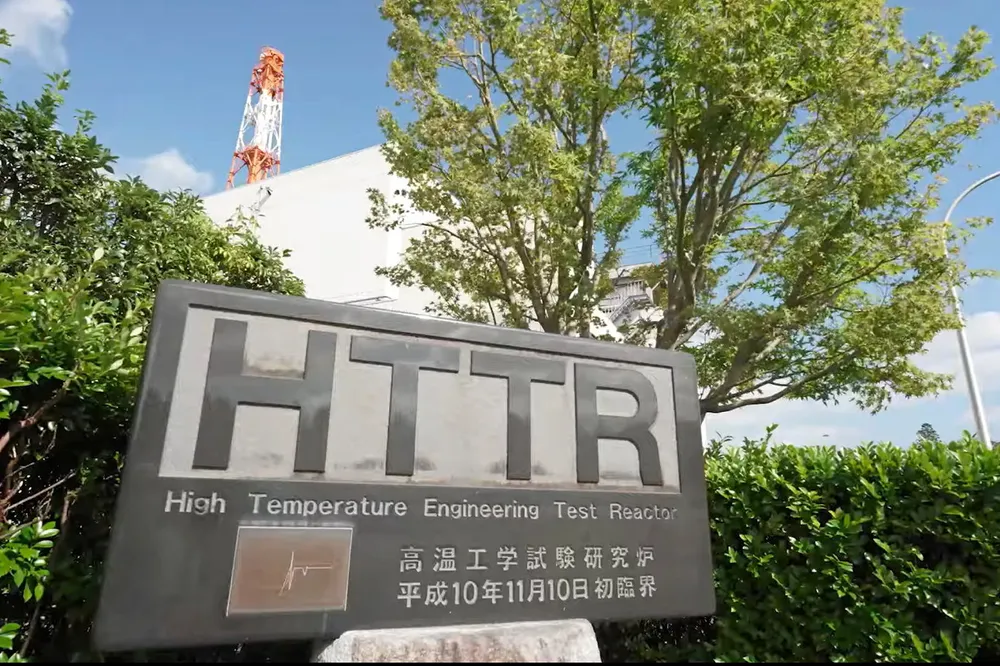Japan plans hydrogen production with next-generation nuclear reactor — using heat and only minimal electricity
National research agency schedules field tests for 2028 ahead of a demonstration project planned by the end of the decade

National research agency schedules field tests for 2028 ahead of a demonstration project planned by the end of the decade
